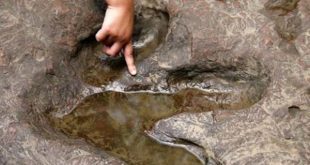 The population of elephants is decreasing.
The population of elephants is decreasing.
Zoologists estimate that over forty years wildlife populations have declined by more than half.
The population of mammals, birds, fish, amphibians and reptiles since 1970 has decreased by almost 60%. This is stated in the report of the world wildlife Fund.
The Foundation in partnership with the Zoological society of London calculates the index, which reflects the number of different species of animals. From 1970 to 2012, the index fell by 58%. In the Fund are confident that by 2020, the index will be reduced by 67% compared to 1970.
“If the pressure on the animal world – for example, overexploitation, illegal trade of animals will increase, this trend may be even worse,” said Dr. Robin Freeman, head of the Zoological society of London’s indicators and assessments.
WWF explained by the reduction of animal populations to human activities. People take more and more land for farming and building cities. The reason for the extinction of animals is the contamination of the environment, climate change, hunting and introduction into the environment of man is atypical for the area of plants and animals.
See also: Zoologists have explained the behavior of the kangaroos, touching the network is a longing for a dead friend
“We are entering a new era of Earth’s history – the anthropocene”, – said Director General of WWF international Marco Lambertini. This term is called the geologic era in which the planet’s ecosystem depends on human activity.
According to the report, the greatest losses in animals living in lakes, rivers and swamps. The Fund noted a significant reduction in the number of elephants in Africa, as well as sharks due to active fishing.
“For some freshwater species, the decrease is 81% since 1970,” notes Dr. Mike Barrett representing the world wildlife Fund.








